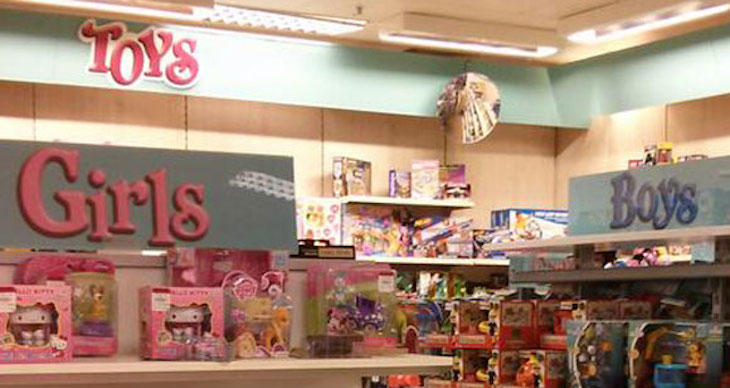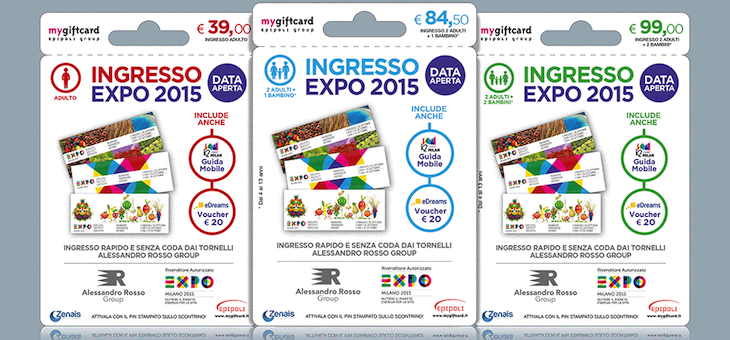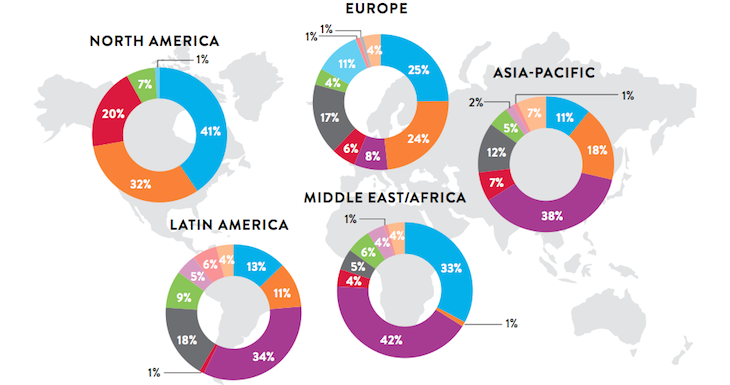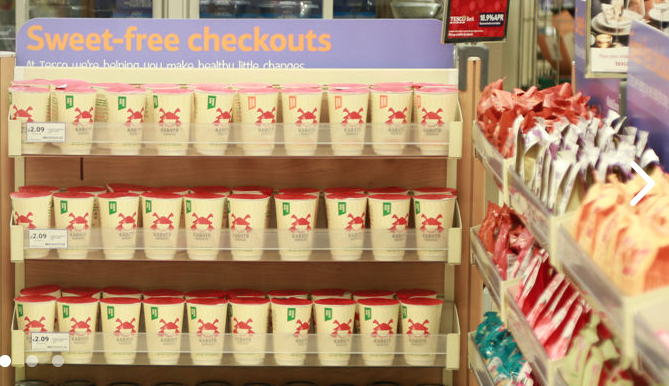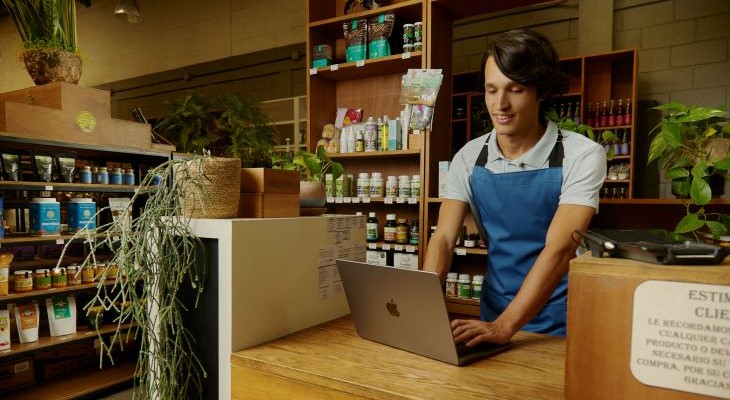Dividing items by gender, male or female, may make sense for some products, such as underwear or certain personal care products. But when considering toys or clothes, especially for children, but not only, or perhaps also snacks and fitness products, does it still make sense? Probably not, indeed there are an increasing number of associations, such as the British PinkStinks, which are fighting to free toys, for example, from rigid gender divisions: dolls for girls, construction toys for boys.
The issue is much debated in Anglo-Saxon countries, so much so that some retailers are “making amends”. We have already talked about Selfridges which has dedicated a floor to Agender, fashion “without gender”, and now Target, an American chain that sells a bit of everything, including clothing, toys, food and grocery, has announced that it has decided to remove, where possible, all references to gender.
As declared in a statement “We would never want our customers or their families to feel frustrated or limited by the way we present our goods. In recent years, some customers had complained about certain signs that offered product suggestions based on gender. In some cases, such as clothing where there are differences in size and wearability, this makes sense. Customers have always told us that when they buy something, especially if it is not for themselves, suggestions based on age, sex and brand help find things more easily. But we know that needs and preferences change and, as observed by some customers in certain departments such as Toys, Household Goods and Entertainment, dividing products by gender is usually not necessary. At the moment, our staff is working in stores to identify areas where we can gradually remove signs based on gender. For example, in children’s sheets there will no longer be signs that refer to boys or girls, as in the toys area, where will remove the use of colours such as pink or blue behind the shelves. These changes will be evident in the coming months”.

